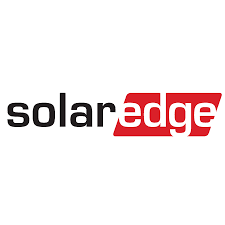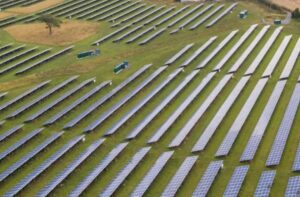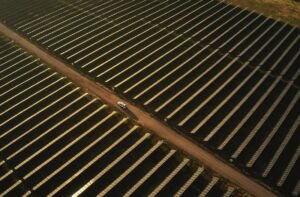With the current state of the PV market, the installation business is becoming more competitive. As the dollar per watt of PV hardware drops, installers can find it more difficult to stay profitable. Installers are looking for ways to improve their competitiveness and bottom line. Inverter selection can be key to this process.
Inverters are only about 10% of a PV system’s cost, but they significantly influence soft costs such as permitting, customer acquisition, Balance of System (BoS) costs, labour, and more. The inverter also has 100% control over secondary costs, such as monitoring and reporting. The SolarEdge DC optimised inverter solution can reduce these costs and as such, can help installers to optimise their business.
By splitting the traditional inverter functionality into two functions, the power optimiser to maximise energy production for each module and a simplified inverter that is only responsible for DC-AC inversion and grid management, SolarEdge was able to overcome the inherent drawbacks of traditional inverters. This new system design offers system owners many benefits, but it also provides value for installers.
The maximum power harvesting from each module offers more energy by mitigating module-level mismatch. While this offers system owners more energy for their system, it can also help installers win more projects by offering PV systems with more energy production and a better RoI. By increasing the percentage of systems successfully completed, installation companies’ efficacy is improved. This helps decrease the average cost/watt of sourcing new leads.
With the SolarEdge DC optimised inverter, installers and homeowners benefit from constraint-free design. In a SolarEdge system, the string voltage is always fixed, regardless of temperature and of string length, allowing longer strings and reduced BoS cost. This means that with SolarEdge, installers can design systems with parallel strings of unequal lengths, multiple module orientations, capacities, and layouts in a single string. This design simplicity allows installers to be significantly more time efficient in designing PV systems.
The design flexibility also allows for longer strings of up to 12.75kWp per string. These longer strings allow for fewer strings to be installed and ultimately reduce BoS costs by up to 50%. This can help the installer in providing a competitive price quote for a system that can also provide more energy.
An additional benefit of the SolarEdge DC optimised inverter solution’s design flexibility is the ability to maximise system size. The combination of the previous benefits allows more modules to be designed into rooftop systems. For a system owner this means more power and more revenue, but for installers it gives them a competitive advantage and helps to increase the average profit per installation.
Another important aspect in PV systems is safety. Many new regulations are coming online that call for module-level shutdown. This can often be costly to implement, but with the SolarEdge DC optimised inverter, its SafeDC™ technology is embedded into the system – without any additional costs or design required. In a SolarEdge system, whenever AC power is off, DC wires are de-energised. Power optimisers shut down the DC voltage in the PV wires to protect installers, maintenance personnel, and firefighters. In some locations, there may not be safety regulations, but system owners may have concerns about firefighters’ willingness to fight a fire due to safety issues with a traditional PV system. This can cause a potential installation to be cancelled. However, with SolarEdge’s SafeDC™, this hurdle can be easily overcome. By offering this peace of mind, without any additional costs, SolarEdge offers installers another competitive advantage.
As PV systems age, a growing cost to both system owners and installation companies is Operation & Maintenance (O&M). However, with SolarEdge’s cloud-based, module-level monitoring platform, this can turn a potential drawback into an opportunity. With module-level performance monitoring, automatic alerts, and remote troubleshooting, installers benefit from less trips to sites, less time spent on site, and system owners have a higher system uptime. In fact, O&M can be a potential new revenue stream for installers, by offering different levels of O&M services to system owners.
The bottom line is that the SolarEdge DC optimised inverter solution offers value throughout the entire supply chain. It helps installers to increase revenue and decrease expenses, while also improving the RoI for system owners.
Lior Handelsman is vice president of Marketing and Product Strategy, and founded SolarEdge in 2006 and is responsible for SolarEdge’s marketing activities, product management and business development.








